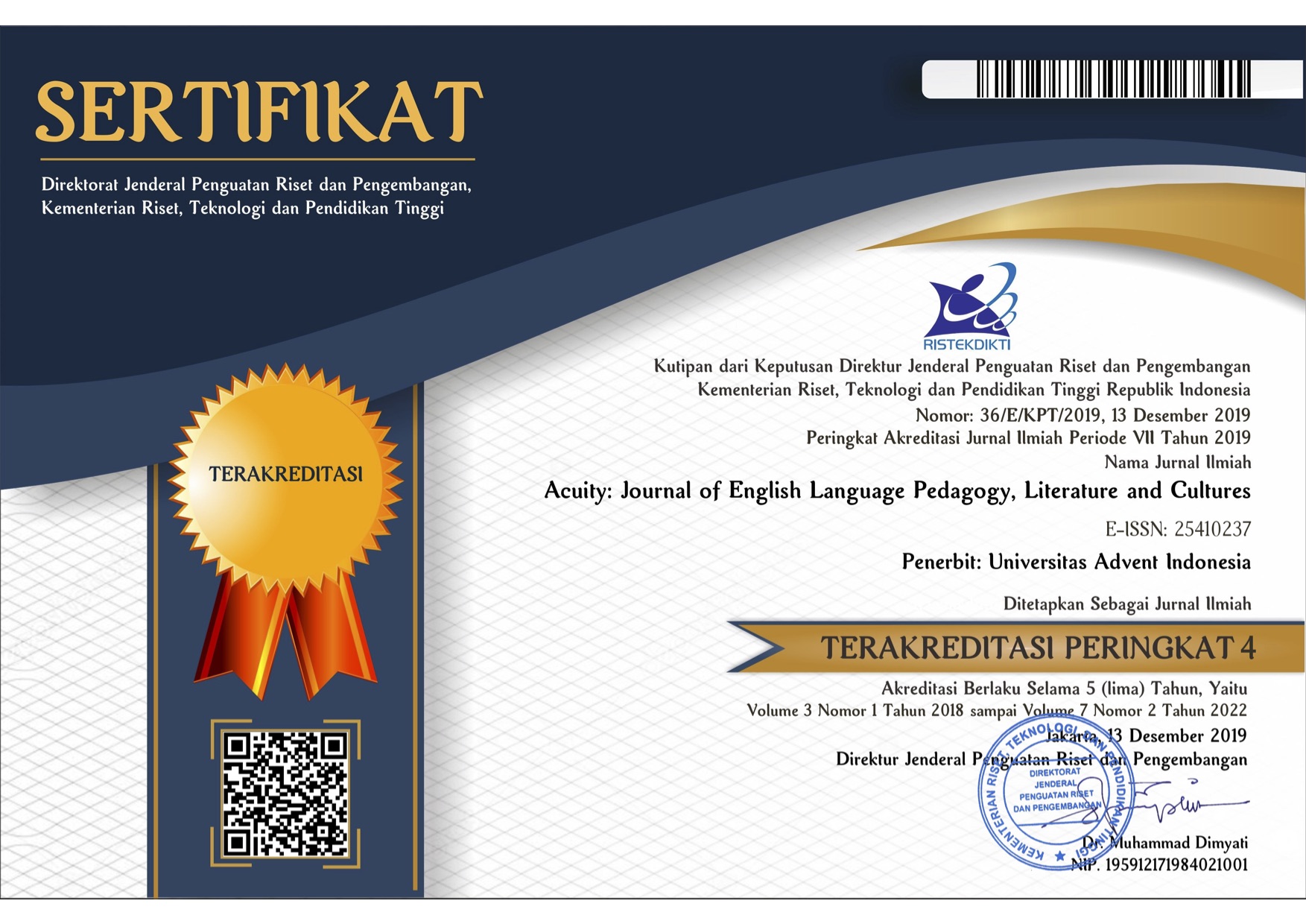KAJIAN TEORI PENYELESAIAN MASALAH JARAK DAN SUDUT PADA BANGUN RUANG DIMENSI TIGA MENGGUNAKAN PENDEKATAN VEKTOR
Abstract
Materi utama dalam bab Geometri Dimensi Tiga di tingkat SMA/MA adalah penghitungan jarak dan sudut antara unsur-unsur ruang, yaitu titik, garis, dan bidang. Sedangkan materi yang dibahas dalam bab Vektor meliputi: penambahan, perkalian titik, perkalian silang, dan proyeksi orthogonal. Penulis mengamati bahwa dua bab tersebut direspon secara berbeda oleh siswa SMA/MA. Masalah jarak dan sudut pada bangun ruang dimensi tiga merupakan masalah yang dirasakan sulit oleh mayoritas siswa SMA . Di sisi lain, konsep dan rumus-rumus vektor relatif lebih mudah dipahami. Adapun kesulitan yang dirasakan siswa ketika menghadapi masalah jarak atau sudut dimensi tiga adalah kesulitan spasial. Artinya, siswa seringkali tidak berhasil membayangkan secara tepat posisi bidang-bidang, garis-garis, maupun titik-titik yang perlu dihitung jarak atau sudutnya. Dalam paper ini, akan dikembangkan suatu pendekatan vektor untuk menyelesaikan masalah jarak dan sudut pada bangun ruang dimensi tiga, baik itu kubus, balok, maupun limas. Dengan menggunakan pendekatan vektor, diharapkan siswa dapat lebih mudah memahami konsep ruang dimensi tiga dan mampu lebih cepat dalam menyelesaikan penghitungan jarak maupun sudut.Kata kunci : Geometri, Bangun Ruang, Dimensi Tiga, Vektor, Jarak, Sudut.Article Metrics
Downloads
Download data is not yet available.
References
Gibbs. (1947). Vector Analysis. New Haven Yale University Press.
Rorres, A. (2014). Elementary Linear Algebra: Application Versions. New York: John Wiley.
Downloads
Published
2018-01-01
How to Cite
Rahadi, A. P. (2018). KAJIAN TEORI PENYELESAIAN MASALAH JARAK DAN SUDUT PADA BANGUN RUANG DIMENSI TIGA MENGGUNAKAN PENDEKATAN VEKTOR. Jurnal Padegogik, 1(1). https://doi.org/10.35974/jpd.v1i1.642
Issue
Section
Articles
License
The submitting author warrants that
- The submission is original and that she/he is the author of the submission together with the named co-authors; to the extend the submission incorporates text passages, figures, data, or other material from the work of others, the submitting author has obtained any necessary permission.
- Articles in this journal are published under the Creative Commons Share-Alike Attribution Licence (CC-BY-SA What does this mean?). This is to get more legal certainty about what readers can do with published articles, and thus a wider dissemination and archiving, which in turn makes publishing with this journal more valuable for you, the authors.
- By submitting an article the author grants to this journal the non-exclusive right to publish it. The author retains the copyright and the publishing rights for his article without any restrictions.







